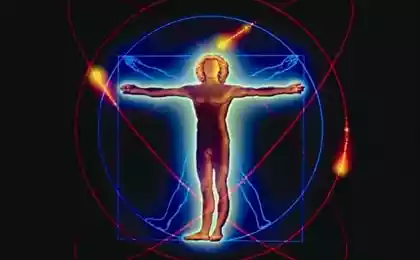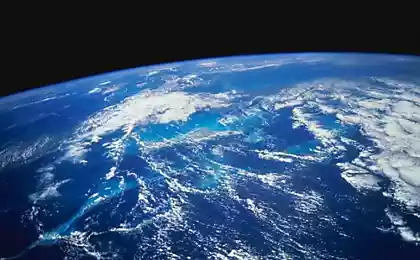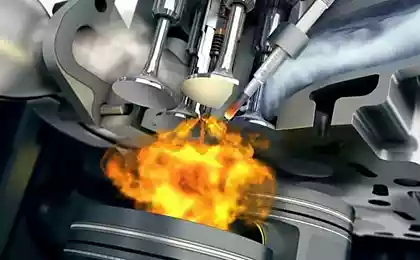505
Scientists explained the rarity of interstellar molecular oxygen

Oxygen is the third most abundant element in the Universe after hydrogen and helium, and in the 1970's, astronomers have predicted that molecular oxygen should be the third most abundant interstellar molecule after molecular hydrogen (H2) and carbon monoxide (CO). In fact astronomers have discovered interstellar molecular oxygen only in two places: in the Orion nebula and the cloud Rho Ophiuchus. But even there, the molecule is less common than theory predicts. For example, hydrogen molecules in the Orion nebula exceeds the number of oxygen molecules more than a million to one.
In 1998, NASA even launched a satellite that was supposed to find a lot of molecular oxygen, but never found — except when scientists, worried about this, sent him straight to the Ground. Now ground-based experiment revealed why this life giving molecule is so rare in space: because the oxygen atoms cling firmly to Stardust and can't connect with other atoms to form oxygen molecules. This discovery should shed light on the chemical conditions that prevailed at the dawn of the appearance of stars and planets.
To explain the lack of recently astronomers have suggested that the oxygen atoms are closely attached to the dust particles that form the cloud space. "Everyone knows that the binding energy of atomic oxygen is very important, says Jiao Hui, astrophysicist Syracuse University in new York. But experimental measurement of this parameter is no."
Chi and his colleagues found that value. Scientists have heated the two types of solids that comprise granules of interstellar dust — water ice and silicate — to see the rate of escape of oxygen atoms. In a paper published in the Astrophysical Journal, the scientists pointed out that the binding energy of oxygen is almost two times higher than the one calculated decades ago: 0,14 electron-volt ice and 0.16 electron volts for silicate. It is big enough to hold the oxygen atoms of star dust, even with minimal heating of the interstellar clouds, which would lead to his release. The Orion nebula may owe its small amount of molecular oxygen shock wave that knocked out the atoms from dust grains; the air of the Earth is rich in oxygen, thanks to the work of trees and other plants.
"This is a very valuable measurement, says Gary Miller, an astrophysicist of the Harvard-Smithsonian center for astrophysics in Cambridge, Massachusetts. It explains a lot".
The oxygen atoms which come up from pellets of interstellar dust may be combined, forming molecular oxygen. But when they remain in the granules, the hydrogen atoms combine with oxygen, creating water ice (H2O) instead. Water can then become part of asteroids, comets, planets, and so on, creating favorable conditions for the origin of life.
Paul goldsmith, an astronomer at the jet propulsion Laboratory in Pasadena, California, spent more than 25 years in the search for interstellar molecular oxygen, before finally achieved success. In 2010, the Space Observatory Herschel studied the Orion nebula and found the elusive molecules.
"I could move in the wrong direction, spending so many years in their quest, but thanks to this lab, and Herschel, we can confidently say that we understand what we're dealing with".published
P. S. And remember, only by changing their consumption — together we change the world! ©
Source: hi-news.ru
Good reasons not to throw out the second brew coffee
10 insanely valuable things found in second-hand stores























